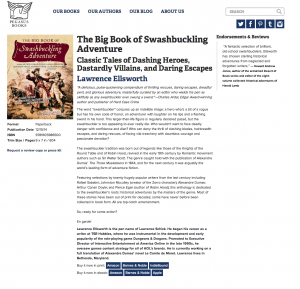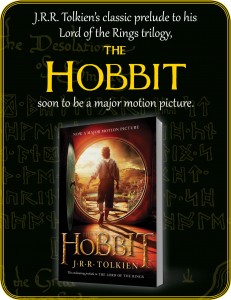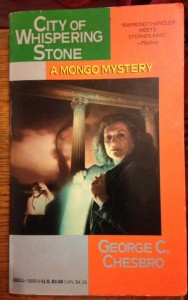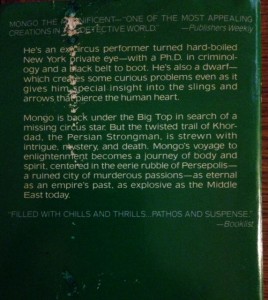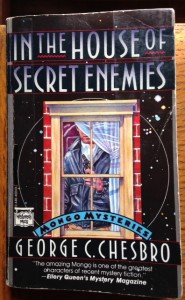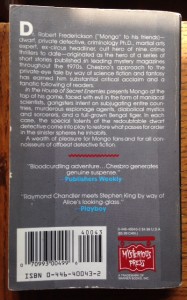First Reviews of THE BIG BOOK OF SWASHBUCKLING ADVENTURE: “An Excellent Read” & “A Brilliant Selection of Dash, Pluck, Skill, Yearning, and Fortune.”
And now the second pre-publication review is in for The Big Book of Swashbuckling Adventure, selected and introduced by my author client Lawrence Ellsworth, another very positive notice. It comes from Publishers Weekly, who commissioned author William Dietrich to review the anthology. Dietrich’s piece closes with this encomium: “Ellsworth offers the reader an excellent and entertaining survey of the genre’s roots, a brilliant selection of dash, pluck, skill, yearning, and fortune.” See below for more details on the book, and the first review, which came in last week. Thanks to Pegasus Books for preparing the handsome edition and congrats to editor Lawrence Ellsworth. There will be finished copies of the book in November. It’s setting up very nicely!
—
I first posted about this book project when I began presenting it to publishers in March 2013, and am delighted that Pegasus Books acquired it. They’re an independent press whose titles are sold to bookstores by W.W. Norton. Pegasus has done a great job getting the anthology ready for publication. You can see their catalog listing for the book via this link (or in the screenshot below). Yesterday, I was delighted to see the first review of it, by Cindy A. Matthews at Authorlink, which I quickly shared in its entirety on Facebook (embedded below). In the catalog copy, you’ll note an interesting sidelight about my author client Lawrence Ellsworth, who conceived of the anthology, selected all the pieces, wrote the introductions, and translated the Alexander Dumas selection that’s in the book: he was an original team member of the group that created the legendary role-playing game Dungeons and Dragons. The oversized quality paperback, illustrated with art from the heady period when these stories were originally published, between the 1870s-1920s, will make a great holiday gift. 